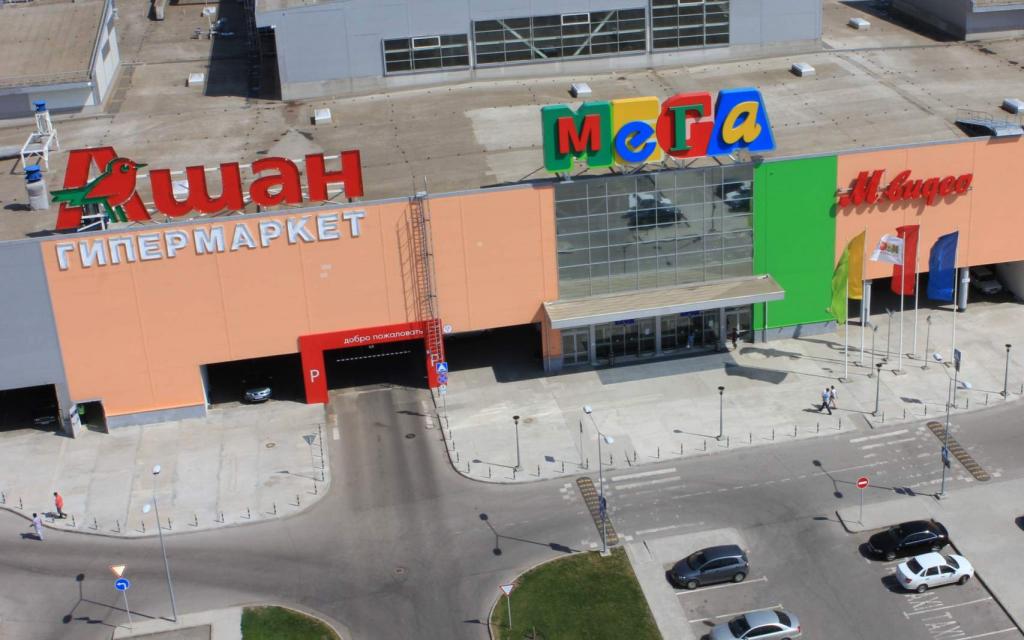Large chains based in huge malls on the outskirts of cities are gearing up for disaster. America is starting to abandon this business model everywhere. So, in 2017, 550 hypermarkets of such companies as Sears, Macys and JC Penny were closed in the USA. Another 4,000 are on the brink of ruin. In Europe, the first prerequisites for this unfavorable trend are outlined. To survive, you have to go to the consumer - in the city center.

What kills major malls in America?
The crisis in hyper-retail trade is associated with the proliferation of online stores. Buyers reoriented. Now it’s more convenient to go to Amazon or other trading sites than to go to Mega on the outskirts.

The scale of the decline in US retail chains is really scary: Toys R Us has closed more than 700 stores in the country; Wallgreens pharmacy chain - 600 centers; fashion company Ann Taylor - 500 stores; Teavana beverage network - 380 institutions; Best Buy household appliance chain (American Media Markt) - 250 stores.

And the wave of liquidation of outlets does not end there. The huge buildings of the former malls are now desolate and represent a terrible place, just right for filming horror films.

European retail chains have not yet encountered such massive problems. But the “first signs” are already evident: the construction of new shopping centers slows down. It is estimated that in the near future 20% of shopping centers here will also turn into ghost malls.

In order to survive in a new market, giant malls have to come up with sophisticated tricks to attract customers. For example, in Germany, a shopping center in the city of Osnabruck built its own artificial beach with waves for surfing. Often, sports shops arrange playgrounds for children and adults. Such techniques work and give their results.
How to avoid the apocalypse?
To survive in the new realities, business building strategies have to be changed, especially to large well-known stores located far from the city center. That's why Ikea and Media Markt are now striving to open stores in the city center.

Large malls also have problems with the flow of smaller tenants. Now it’s more profitable to open a flagship store on the main street of the city than several points somewhere on the outskirts.

Moscow example
I didn’t have to go far for an example - Moscow Ikea is already “going to the people” and is opening the first store within the MKAD. The new development strategy of the Swedish company is aimed at attracting customers who cannot afford to travel outside the capital. Such an approach "to be closer to the consumer" will significantly increase the target audience, experts assure.

Nevertheless, finding a platform for such a center in a densely populated metropolis is not easy. Now options are being considered on the territory of the Hammer and Sickle factory. There are a number of fears associated with the creation of the transport infrastructure of this zone, however, the fundamental decision to build a shopping center of 100 thousand square meters. m already taken. Don-Stroy Invest transaction contractor promises to agree on all the details in a couple of months.
So soon residents and guests of the capital will be able to come to Mega by metro.

